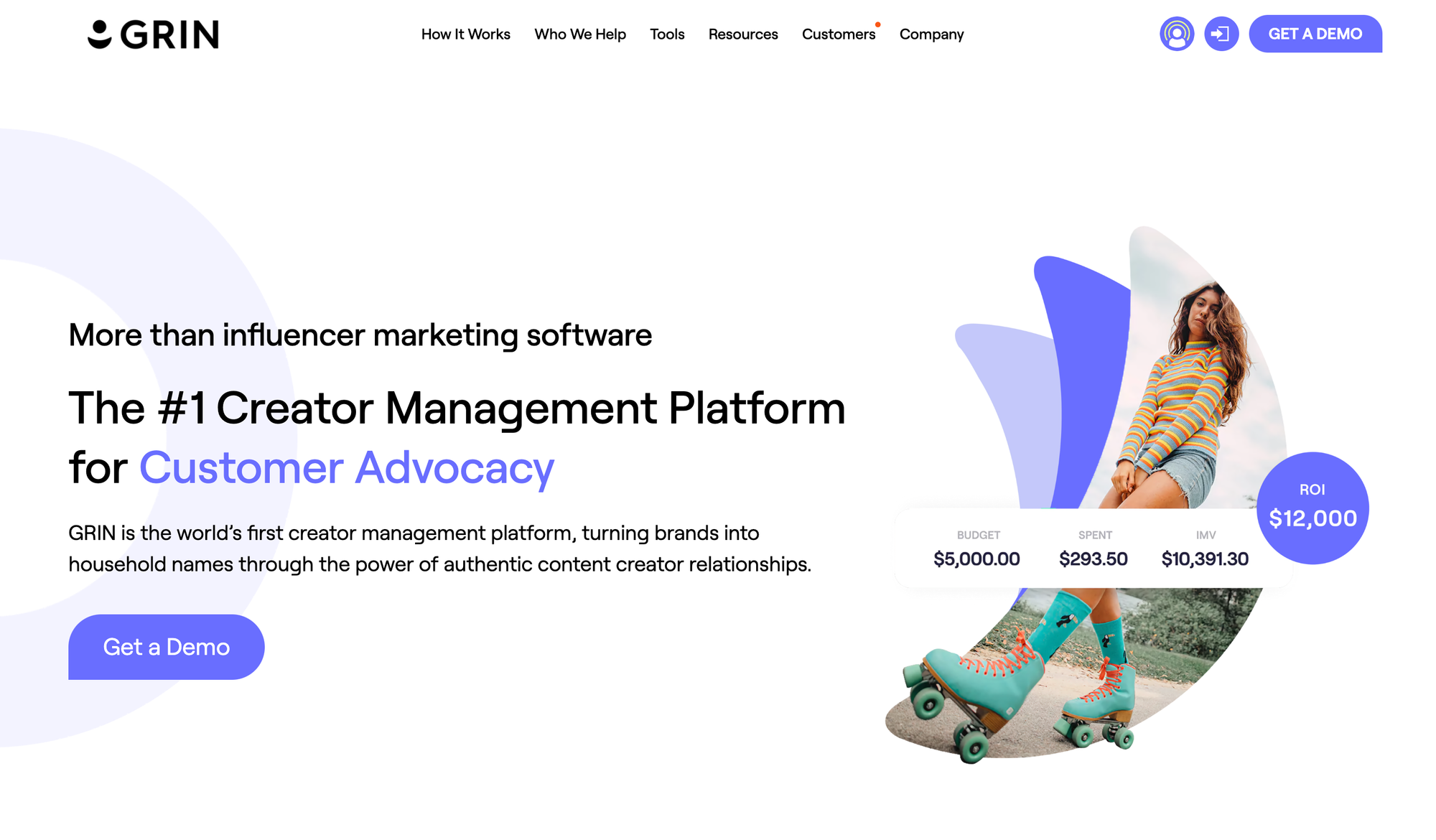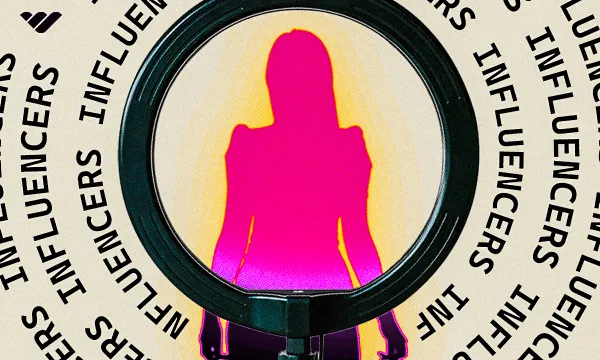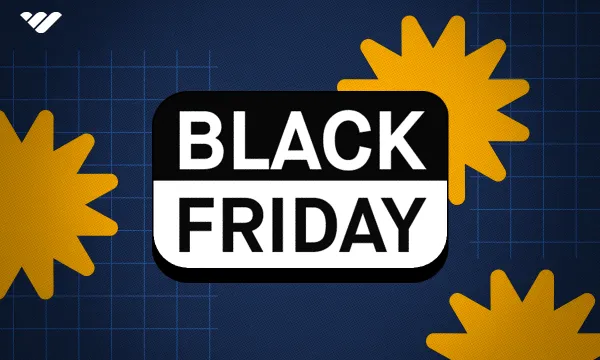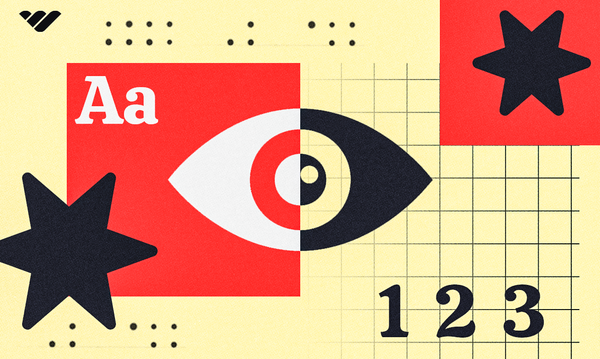Brands have had a tough past few years. What was once one of the biggest opportunities in ecommerce - buying ads for cheap on Instagram and Facebook (and thus having low customer-acquisition costs) - has become one of the most competitive and costly tactics for anyone.
Young brands simply are having a difficult time making it work.
With the continued rise of ad costs, brands looking to get their products to the masses have to rely on channels such as PR, affiliate, and influencer marketing. Also known as “organic” marketing. Since influencers are often one-person teams of media-friendly creators, influencer marketing can be a great way to get quick interest in your brand.
In this guide, we’ll discuss what influencer marketing is, the different types of influencers, the advantages and disadvantages, and how you can start finding influencers for your brand today.
What is Influencer Marketing?

Influencer marketing is leveraging the audience of other creators—versus your brand’s following—to promote your products, talk about new releases, and generate overall buzz and brand awareness.
Influencer marketing is using creators’ audience to promote your brand.
Historically, influencer marketing has been a “free” outlet for brands to get more exposure. Typically, brands would send free products to online celebrities in exchange for posting about the brand.
But as more brands got started with influencer marketing, this created a supply and demand problem. More brands wanted coverage than the number of creators there were to promote the products. Plus, bigger creators with a large following already had paid sponsorship deals, so they weren’t going to promote products for free in the first place.
Today, influencer marketing is a mixture of paid and organic. There’s no one set right way that works for every brand. Some influencers get paid on affiliate commissions, some get flat-fee rates, others do it for free. It all depends on the brand and the creator.
Influencer Marketing vs. Affiliate Marketing
If influencers get paid on a commission (an “affiliate” commission) sometimes, then you may be wondering what the difference between influencer marketing and affiliate marketing is.
The truth is, they can be the same many times. It’s like how a square is a rectangle, but a rectangle isn’t a square.
Affiliate marketing is an umbrella term for when a brand taps into blogs, YouTube channels, creators, and more to market their products, while influencer marketing is specifically social media creators (not blogs or newsletters, etc.).
When influencers get a commission on the sales they drive, then this is technically considered affiliate marketing. The two terms are very closely related and sometimes the same, but not always.
The Different Types of Online Influencers
There are a few different categories of influencers and as the industry grows, the differences have become more striated.
Mega Influencers
Mega influencers are probably the kind that come to mind when you think about the word “influencer.” They generally have 500K or more followers and are the big leaders in niches—they also probably gained fame from another avenue such as television or music. Celebrities like Gordon Ramsay or Hailey Beiber would of course be considered mega influencers.
These individuals likely have a small team behind them that help create content, negotiate brand deals, and help the individual’s business operation run smoothly. Since these influencers have likely been doing content for several years, they likely have extensive experience in working with brands and typically will charge a flat rate to work with them.
Here are a few examples of mega influencers and the niches they dominate:
- Dave Chang (Food): Chang is the founder of restaurant group Momofuku and has turned his culinary skills into a thriving media business, having a show with Netflix called Dinner Time Live and a line of packaged goods.
- Selena Gomez (Music, Lifestyle): Gomez is a well-known musician who has leveraged her following into a beauty brand called Rare Beauty,.
Macro Influencers
Macro influencers are usually in the 100K- to-500K follower range and grew their following from platforms like Vine, TikTok, Instagram, or YouTube. Collaborating with macro influencers can vary in terms of pricing—some will simply love your brand and be happy to promote you if they receive product, others require paid partnerships.
Regardless of pricing model, working with macro influencers has a lot of advantages because they have a more dedicated following that’s in line with their niche and you can work directly with them as opposed to their manager, team, or agency.
Here are a few macro influencers:
- Isaiah Photo (Running): Isaiah is a massive YouTuber with over 10 million subscribers and 300K followers on Instagram. He has a collection of fun running challenges on Instagram that all fall within his niche. You can see brands like Nike and Satisfy Running featured in his videos.
- Allegra Shaw (Fashion): Shaw is a fashion influencer with almost 400K followers on Instagram. She mainly posts outfits and collaborations with brands, and even started her own apparel brand called Uncle Studios.
Micro Influencers
Micro influencers have 10K to 100K followers and are typically very focused on one particular vertical. They’re fairly early in their creator journey, so their audience is very targeted and passionate about the types of things they discuss.
Although micro influencers don’t have the biggest imprint, partnering with them in this stage can be very beneficial to your business because they’re on the cusp of “breaking out” and can sometimes even gain thousands of followers literally overnight.
Here’s an example of a micro influencer (there’s many):
- @thekittenjam (Beauty): Kristie posts about all things beauty and has partnered with complementary brands such as Àerre, a luxury fragrance company.
Nano Influencers
Nano influencers have anywhere from 1K to 10K followers. They haven’t found their exact niche or content style yet, but the followers they do have already have a close connection with them because they were there from the start.
Getting in touch with nano influencers is typically very easy as they run their own account and love to hear from brands interested in partnering with them.
This nano influencer has a very loyal following:
- Sharon Mary (Cars): Mary has just over 6K followers and posts about all things automobiles. Looking deeper into her posts, you can see she has very high engagement, which is very good for brands looking to collaborate with her.
Is Influencer Marketing Right for My Brand?
While influencer marketing can be a powerful marketing lever for a wide range of businesses, it will have its biggest impact on internet-based companies. Any brand that sells a physical product online, even software, will benefit the most from influencer marketing because the influencers operate primarily online, so the traffic they’re driving is within platforms such as TikTok and Snapchat.
Here are a few of the advantages and disadvantages of influencer marketing for your brand:
Pros and Cons of Influencer Marketing
Pros:
It’s Free! (or at Least Cheaper)
The biggest thing that will benefit brands employing influencer marketing is that it’s less expensive than running paid ads. Now, influencer marketing should be done in parallel with paid advertising efforts for its greatest impact, but generally speaking, the CPMs from influencer marketing will be less than those of paid.
The price to collaborate with influencers will vary by each influencer, but if you can find a group of influencers that will accept free products from your brand in exchange for posting content, that’s a win for everyone.
Authenticity & Community
Because influencers are human, they’re sharing their real thoughts on your products to their followers. Sometimes it will be more scripted than other times, but mostly, influencers’ followers are getting raw reviews on brands they’re considering buying from—this increases trust and intimacy with your brand.
Once followers see that the creators or genuinely speaking about your brand or product, the comments will reflect this. People will be more engaged and you’ll start to build a real community by replying to comments and DMs.
Brand Identity & Coolness Factor
They’re called “influencers” for a reason—they have influence! Partnering with the right people that have high social value and align with your brand values will increase your value perception in the mind of consumers.
Additionally, the more influencers you partner with, the easier it will be to attract new influencers. It’s like a snowball that gets bigger and bigger with more momentum as you progress.
Cons:
Lack of Control & Predictability
Because you’re enlisting other humans to be the face of your brand, you don’t really have a ton of control over what they’re saying. If you enter into a paid relationship with them, then you have more control over the script and how the content is shot, but generally speaking, influencer marketing works because it’s authentic.
You can also never know how a particular post will perform. The algorithm loves one format one day, and the next it will get no views. It’s hard to measure how successful a piece of content will be until it’s actually posted.
Lack of Scale
Influencer marketing can be hard to scale because you’re not able to work with every single creator on a platform. There has to be product-influencer fit so for example, a cooking influencer wouldn’t have much success posting about a new skincare brand, and vice versa.
Meaningful influencer partnerships that can actually drive sales or engagement are hard to come by and take time to cultivate. It’s not like running an ad campaign and simply spending more on ad creatives that are working.
Finding Influencers Can be Challenging
Finally, actually identifying creators that would be a good fit for your brand can be a big hurdle. There are tools that can help with this, such as Social Snowball, Grin, and Aspire, but even then, you still have to do the work to connect with each individual influencer.
Manually DMing influencers can be effective, but consumes a lot of your time. Consider hiring an agency or freelancer if you have the budget for it.
How to Find Influencers of All Kinds

Whether you’re looking to find Youtube influencers, Instagram influencers, nano influencers, or celebrities like Kendall Jenner, here are few tips and tricks you can use:
How to Find Influencers on Instagram
If you want to start influencer marketing on Instagram, then the best place to start is… Instagram! Search for hashtags of the types of products that you sell, such as #beauty or #skincare and filter your results from that.
DMing influencers within the platform is probably the most direct way to get in touch, and if they’re already active on Instagram the likelihood they’d be open to partnering with you is much higher.
How to Find YouTube Influencers
Similarly, you can find influencers on YouTube using the search function. A few examples of searches could be for “[your competitor’s brand] review” or “[your product category] roundup” which will bring you creators that have already talked about similar topics.
The description will likely include an email or way to get in touch with them.
Look at Your Competitors
If you’re trying to figure out how to find micro influencers that don’t have the largest following, one good method is by checking out your competitors’ pages to see who they’ve partnered with in the past.
Rather than starting from scratch, look at what similar brands or products are doing and use that get a crop of targeted influencers you can reach out to.
Influencer Marketing Platforms
In the past few years, several platforms have been created to let you search and filter through influencers all within one platform, rather than switching between social networks or being limited by their search functionality.
Examples of these are Grin, Aspire, Upfluence, and Tagger by Sprout Social. These platforms have different features and capabilities, but generally, they’re the fastest way to find exactly who you’re looking for.
Search Engines
Simply searching for creators in your space is an effective way to pull in data from multiple platforms. Be advised, YouTube and Instagram are typically the first results, so if you’re looking for Snapchat or TikTok creators it’s likely best to go through the platform or an influencer marketing software.
Your Own Network
Lastly, the best way to find influencers is simply through the people you already know. Chances are that you know at least one influencer, and they could help introduce you to other creators even if they aren’t within your exact niche.
Growing Your Brand with Whop
There’s more to growing your business than just using influencer marketing. While it’s a great tool to cultivate a community, gain a following, and get less expensive impressions, multiple strategies go into creating a thriving brand.
On Whop, you can find communities, courses, and expert coaches dedicated to helping you create the business of your dreams. Whether you're looking to grow with affiliate marketing, work closely with business mentors, understand how to use SEO to grow your business, or create your own Whop hub to foster a thriving, engaged community (that you can monetize!), you can do it all with Whop.





